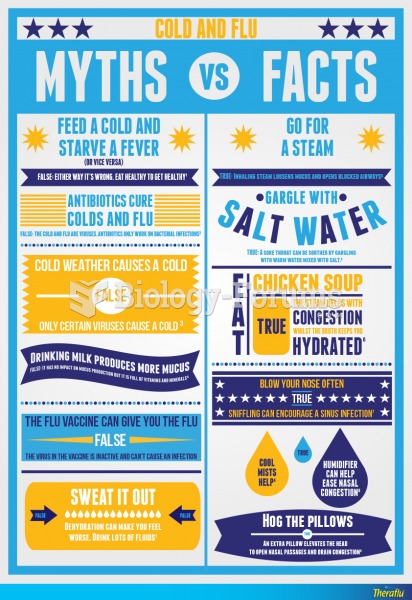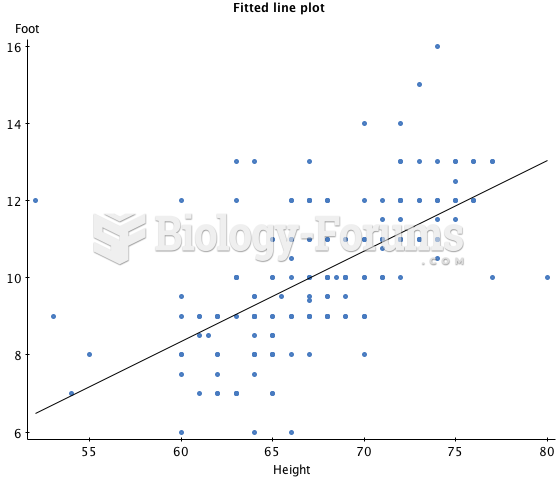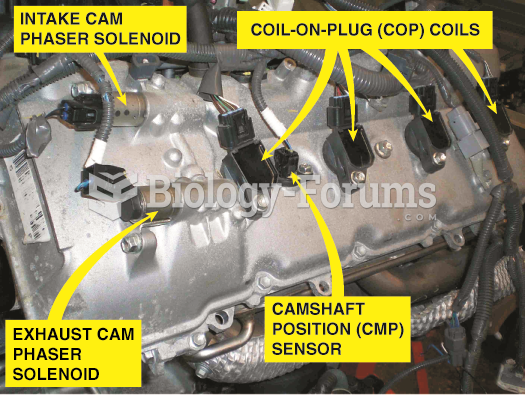Answer to Question 1
1. The variable manufacturing cost per unit is 30 + 25 + 60 = 115.
2014 Variable-Costing Based Income Statement
Revenues (17,500 450 per unit)
7,875,000
Variable costs
Beginning inventory 0
Variable manufacturing costs (18,000 units 115 per unit)
2,070,000
Cost of goods available for sale 2,070,000
Deduct: Ending inventory (500 units 115 per unit)
(57,500)
Variable cost of goods sold 2,012,500
Variable marketing costs (17,500 units 45 per unit)
787,500
Total variable costs 2,800,000
Contribution margin 5,075,500
Fixed costs
Fixed manufacturing costs 1,200,000
Fixed administrative costs 965,450
Fixed marketing 1,366,400
Total fixed costs 3,531,850
Operating income 1,543,150
2. Fixed manufacturing overhead rate = 1,200,000 / 20,000 units = 60 per unit
2014 Absorption-Costing Based Income Statement
Revenues (17,500 units 450 per unit)
7,875,500
Cost of goods sold
Beginning inventory 0
Variable manufacturing costs (18,000 units 115 per unit)
2,070,000
Allocated fixed manufacturing costs (18,000 units 60 per unit)
1,080,000
Cost of goods available for sale 3,150,000
Deduct ending inventory 500 units (115 + 60) per unit
(87,500)
Add unfavorable production volume variance 120,000a U
Cost of goods sold 3,182,500
Gross margin 4,692,500
Operating costs
Variable marketing costs (17,500 units 45 per unit)
787,500
Fixed administrative costs 965,450
Fixed marketing 1,366,400
Total operating costs 3,119,350
Operating income 1,573,150
a PVV = 1,200,000 budgeted fixed mfg. costs 1,080,000 allocated fixed mfg. costs = 120,000 U
3. 2014 operating income under absorption costing is greater than the operating income under variable costing because in 2014 inventory increased by 500 units. As a result, under absorption costing, a portion of the fixed overhead remained in the ending inventory and led to a lower cost of goods sold (relative to variable costing). As shown below, the difference in the two operating incomes is exactly the same as the difference in the fixed manufacturing costs included in ending versus beginning inventory (under absorption costing).
Operating income under absorption costing 1,573,150
Operating income under variable costing 1,543,150
Difference in operating income under absorption versus variable costing 30,000
Under absorption costing:
Fixed mfg. costs in ending inventory (500 units 60 per unit)
30,000
Fixed mfg. costs in beginning inventory (0 units 60 per unit)
0
Change in fixed mfg. costs between ending and beginning inventory 30,000
4. Relative to the alternative of using contribution margin (from variable costing), the absorption-costing based gross margin has some pros and cons as a performance measure for Regina's supervisors. It takes into account both variable costs and fixed costscosts that the supervisors should be able to control in the long runand therefore is a more complete measure than contribution margin, which ignores fixed costs (and may cause the supervisors to pay less attention to fixed costs). The downside of using absorption-costing-based gross margin is the supervisor's temptation to use inventory levels to control the gross marginin particular, to shore up a sagging gross margin by building up inventories. This can be offset by specifying, or limiting, the inventory build-up that can occur, charging the supervisor a carrying cost for holding inventory, and using nonfinancial performance measures such as the ratio of ending to beginning inventory.
Answer to Question 2
D







